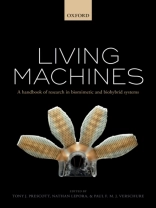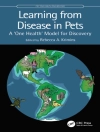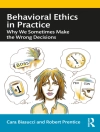Contemporary research in science and engineering is seeking to harness the versatility and sustainability of living organisms. By exploiting natural principles, researchers hope to create new kinds of technology that are self-repairing, adaptable, and robust, and to invent a new class of machines that are perceptive, social, emotional, perhaps even conscious. This is the realm of the ‘living machine’. Living machines can be divided into two types: biomimetic systems, that harness the principles discovered in nature and embody them in new artifacts, and biohybrid systems in which biological entities are coupled with synthetic ones. Living Machines: A handbook of research in biomimetic and biohybrid systems surveys this flourishing area of research, capturing the current state of play and pointing to the opportunities ahead. Promising areas in biomimetics include self-organization, biologically inspired active materials, self-assembly and self-repair, learning, memory, control architectures and self-regulation, locomotion in air, on land or in water, perception, cognition, control, and communication. Drawing on theseadvances the potential of biomimetics is revealed in devices that can harvest energy, grow or reproduce, and in animal-like robots that range from synthetic slime molds, to artificial fish, to humanoids. Biohybrid systems is a relatively new field, with exciting and largely unknown potential, but one that is likely to shape the future of humanity. This book surveys progress towards new kinds of biohybrid such as robots that merge electronic neurons with biological tissue, micro-scale machines made from living cells, prosthetic limbs with a sense of touch, and brain-machine interfaces that allow robotic devices to be controlled by human thought. The handbook concludes by exploring some of the impacts that living machine technologies could have on both society and the individual, exploring questions about how we will see and understand ourselves in a world in which the line between the natural and the artificial is increasingly blurred. With contributions from leading researchers from science, engineering, and the humanities, this handbook will be of broad interest to undergraduate and postgraduate students. Researchers in the areas of computational modeling and engineering, including artificial intelligence, machine learning, artificial life, biorobotics, neurorobotics, and human-machine interfaces will find Living Machines an invaluable resource.
Nathan Lepora & Tony J. Prescott
Living machines [PDF ebook]
A handbook of research in biomimetics and biohybrid systems
Living machines [PDF ebook]
A handbook of research in biomimetics and biohybrid systems
Купите эту электронную книгу и получите еще одну БЕСПЛАТНО!
язык английский ● Формат PDF ● страницы 632 ● ISBN 9780191662560 ● редактор Nathan Lepora & Tony J. Prescott ● издатель OUP Oxford ● опубликованный 2018 ● Загружаемые 3 раз ● валюта EUR ● Код товара 7357911 ● Защита от копирования Adobe DRM
Требуется устройство для чтения электронных книг с поддержкой DRM












